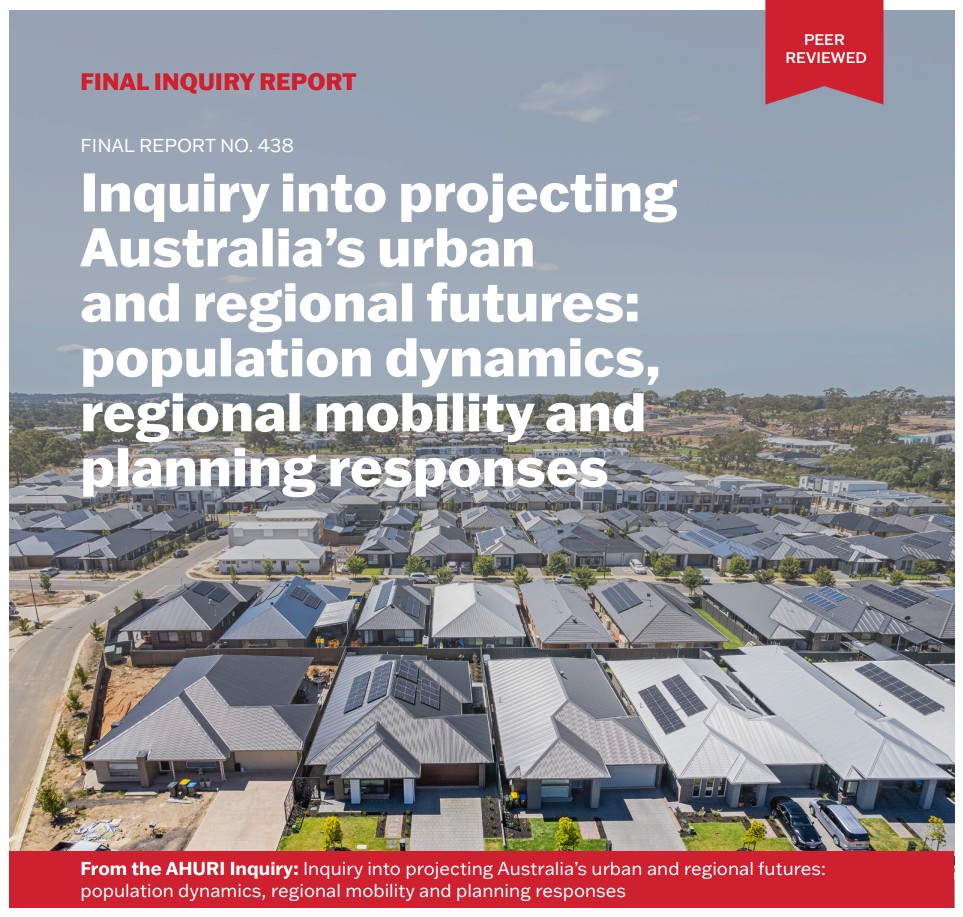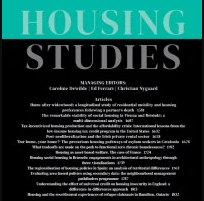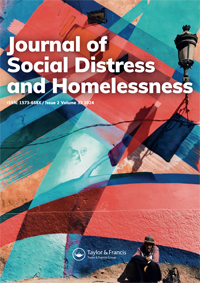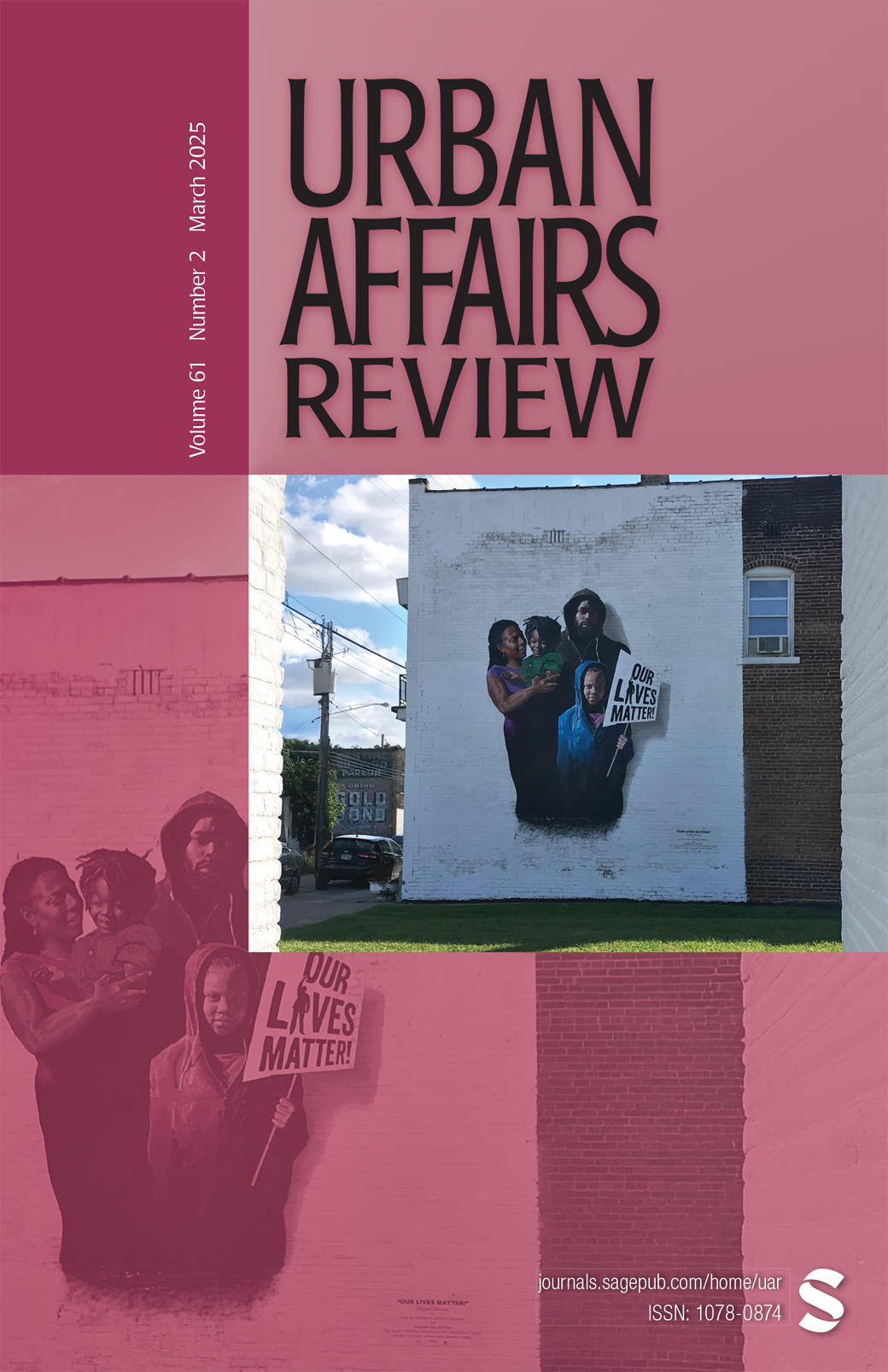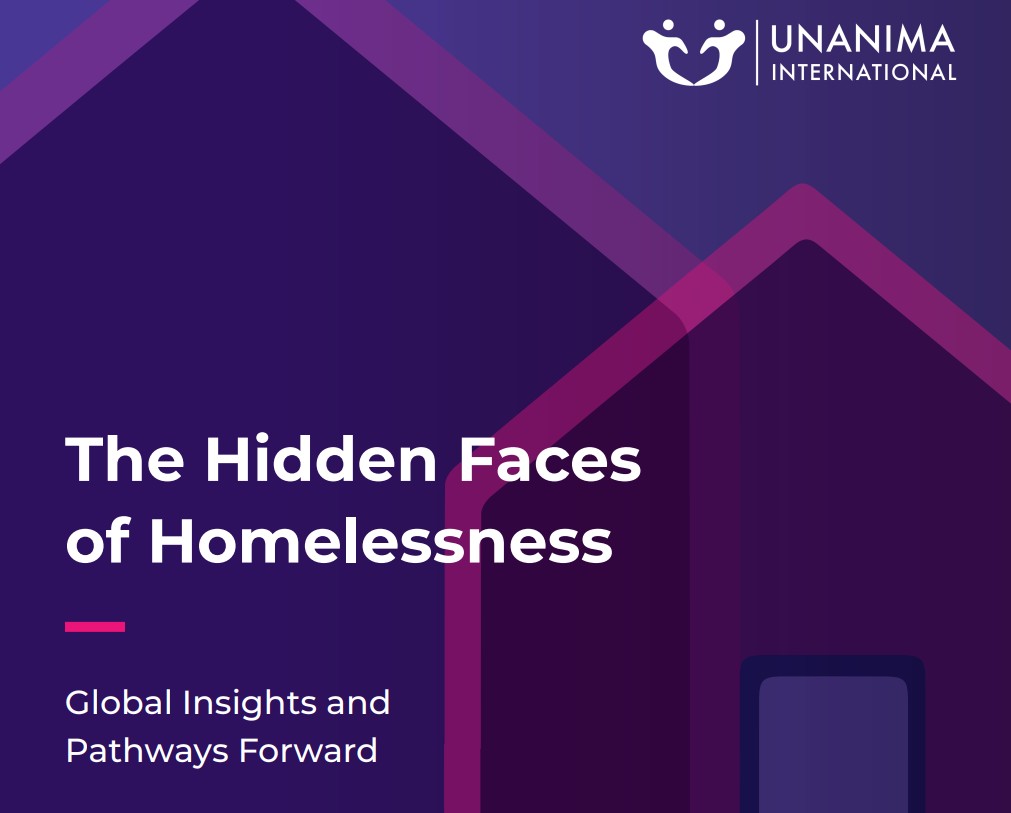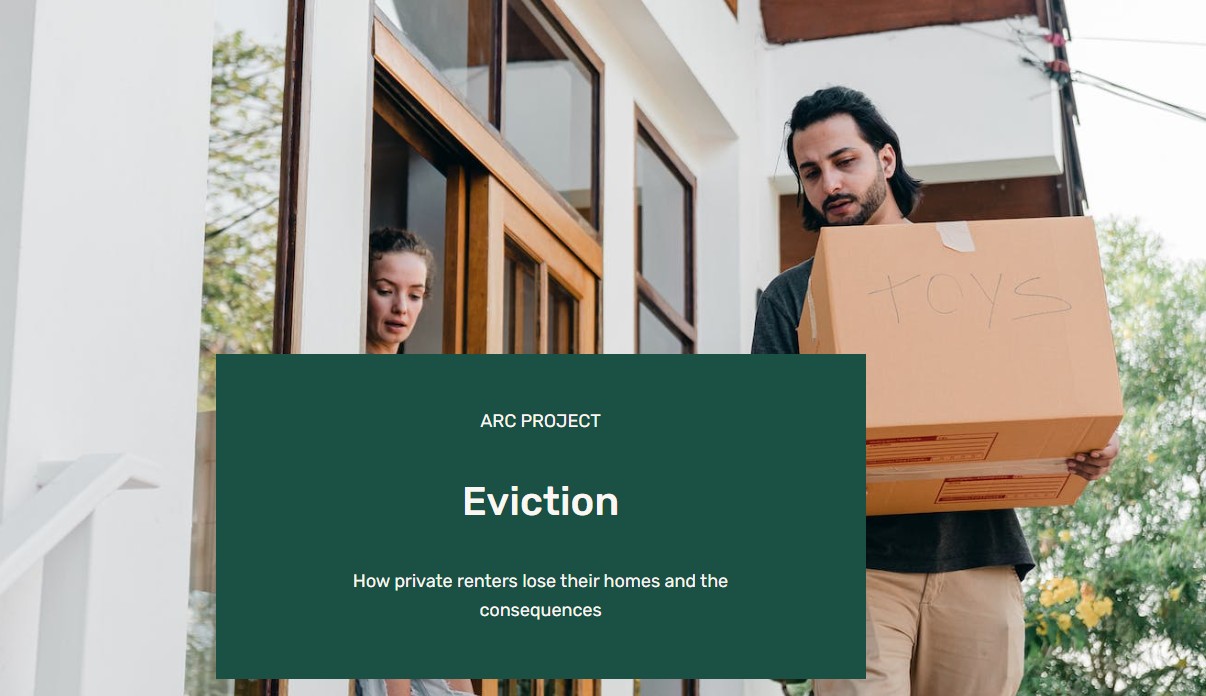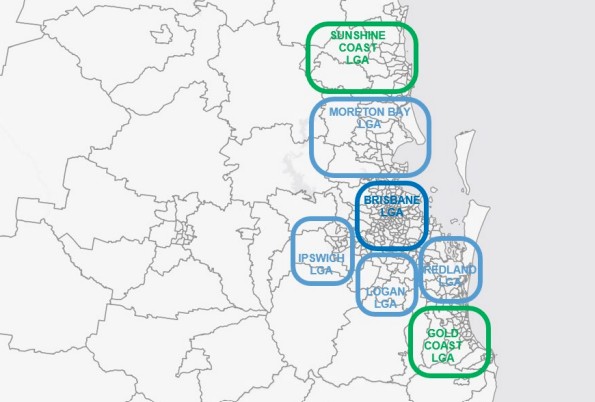Home All Publications Page 11
All Publications
- Research
This research Inquiry investigated different ways to predict local population growth and change. It looked at what drives people to…
- Research
This article reveals competing representations of DFV-related housing precarity between housing and criminal justice policies, producing uneven effects for DFV victim-survivors.
- Research
Little research compares the financial costs of alternative and traditional shelter models. The research team analyzed cost data for 13 alternative shelters and nine traditional congregate shelters in Portland, Oregon.
- Research
Recently, Housing First for Youth emerged as a targeted response to youth homelessness and is presently cited as the ideal model; however, researchers have yet to synthesize the evidence on which this claim is made.
- Research
To date, our research on homelessness, displacement, and trauma has enabled us to present the lived experiences of people—especially women, children, and girls—directly to decision-makers, and to give them a place at the table.
- Research
This research examines the consequences when households face the possibility of being evicted, or are actually evicted. Through in-depth interviews with 53 private tenants in New South Wales and Queensland, we found these experiences negatively shaped people’s lives well into the future.
- Research
In this commentary, we reflect on the experiences of two Researchers with Lived Expertise/Experience of Homelessness, and a Senior Research Associate who all worked together on a recent study.
- Research
Transport infrastructure and technology investments can be assessed and viewed through a different lens with this analysis to support transport network improvements as Brisbane’s population grows to 3.9 million in 2046.

